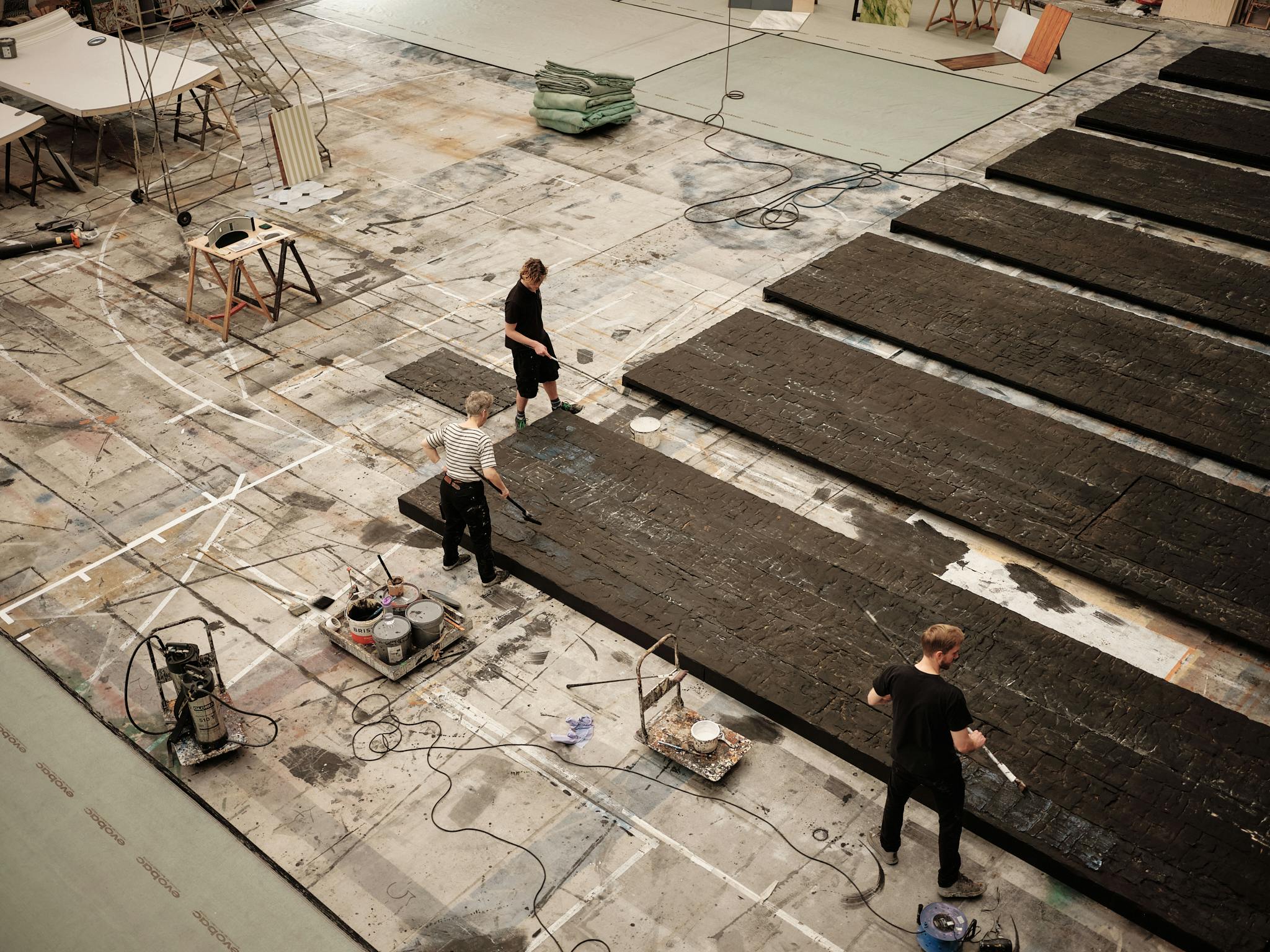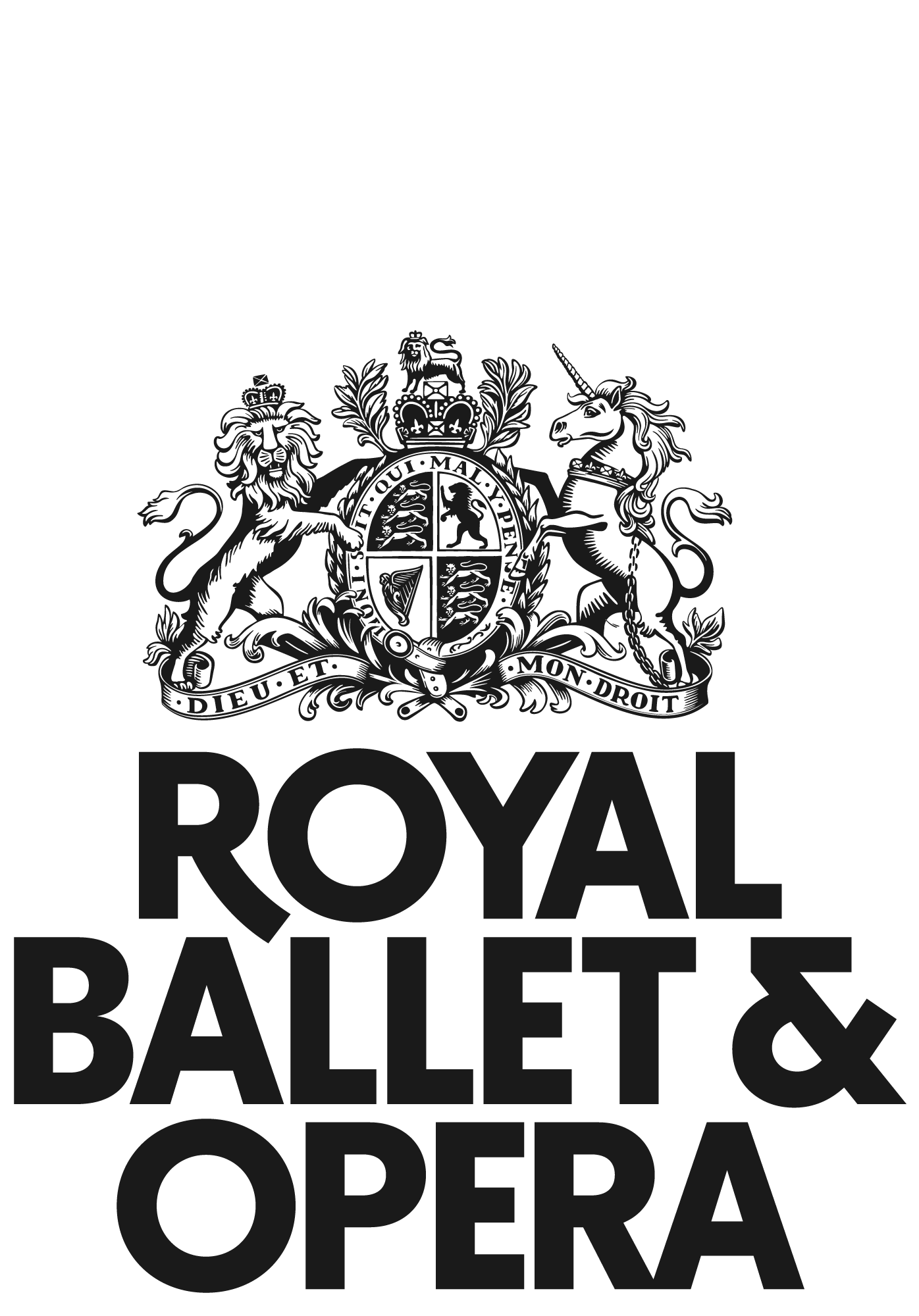The Makropulos Case
The Makropulos Case
The Makropulos Case
An immortal woman’s centuries-long life has left her isolated, longing for a release.

Acclaimed director Katie Mitchell stages a new production of Janáček’s haunting and enigmatic opera The Makropulos Case, which puts the human soul on the stand.
Acclaimed director Katie Mitchell stages a new production of Janáček’s haunting and enigmatic opera The Makropulos Case, which puts the human soul on the stand.
Royal Ballet and Opera Principal Julia Rausing Trust
Crevan O'Grady And Jane McClenahan, Susan and John Singer, The Thompson Family Charitable Trust, The Maestro's Circle and The Aria Circle
What if you could live forever?
Emilia Marty, a famous and mysterious opera singer, has lived for over 300 years thanks to an elixir of immortality. But when she becomes entangled in a battle to obtain a crucial document that will help her renew the life-extending formula, she begins to grapple with the emptiness and isolation her centuries-long existence has brought her.
Background
In its first-ever staging with The Royal Opera, Janáček’s haunting and enigmatic masterpiece is reimagined through a contemporary lens by Katie Mitchell (Theodora, Lucia di Lammermoor), who explores what it means to love, and at what cost. Ausrine Stundyte makes a welcome return to the house to sing the mysterious Emilia Marty, whose immortality is both a gift and a curse. Music Director of The Royal Opera Jakub Hrůša conducts.
Contemporary Soundscapes
Composed between 1923 and 1925, The Makropulos Case (or The Makropulos Affair) is characterised by its unique, modernist musical style that aligns closely with the opera’s dark and philosophical themes. Janáček’s score employs short and repetitive motifs that mirror the psychological tension and emotional complexity of the opera’s characters. Marked by sharp contrasts, rhythmic irregularities and unexpected harmonies, the music creates a soundscape that feels both unsettling and captivating – a synthesis that defines the mysterious character of Emilia Marty. Janáček’s innovative use of speech melodies – melodic lines that mimic the natural inflections of spoken language – contribute to the opera’s intense realism, making the emotions of each character feel vivid and immediate. Speech melody can be found in much of Janáček’s other operas, including his earlier-composed Jenůfa.
Cast and Creatives
Cast
The cast of this production may vary depending on performance date. Go to cast and dates to see these.
Creatives

Access
There is lift access and step-free routes to over 100 seats in the Stalls Circle, Balcony and Amphitheatre. There are 10 steps or fewer to some seats in the Stalls Circle, Balcony, Amphitheatre and the Donald Gordon Grand Tier. All seats in the Orchestra stalls are accessed by 9 steps or more. A handheld bell is rung by Front of House staff to signal guests to take their seats before a performance. The bell is loud and can be startling. The bell is rung approximately ten minutes before the show starts and at each interval.
We have an assistive listening system available to use.
Join our Access Scheme for priority access performance tickets and to personalise your account for your access requirements.
See our Accessibility page for more information on access at the Royal Opera House.

Donate
The Royal Ballet and Opera is a charity and relies on your support. No matter the size, every gift is critical to our work and helps us to secure the future of ballet and opera.
Your donation will enable us to keep extraordinary work on our stages, inspire the next generation and support the Royal Ballet and Opera's community of artists, technicians and craftspeople.
For people, not profit. Making world class ballet and opera for everyone.
Royal Opera House Covent Garden Foundation, a charitable company limited by guarantee incorporated in England and Wales (Company number 480523) Charity Registered (Number 211775)
